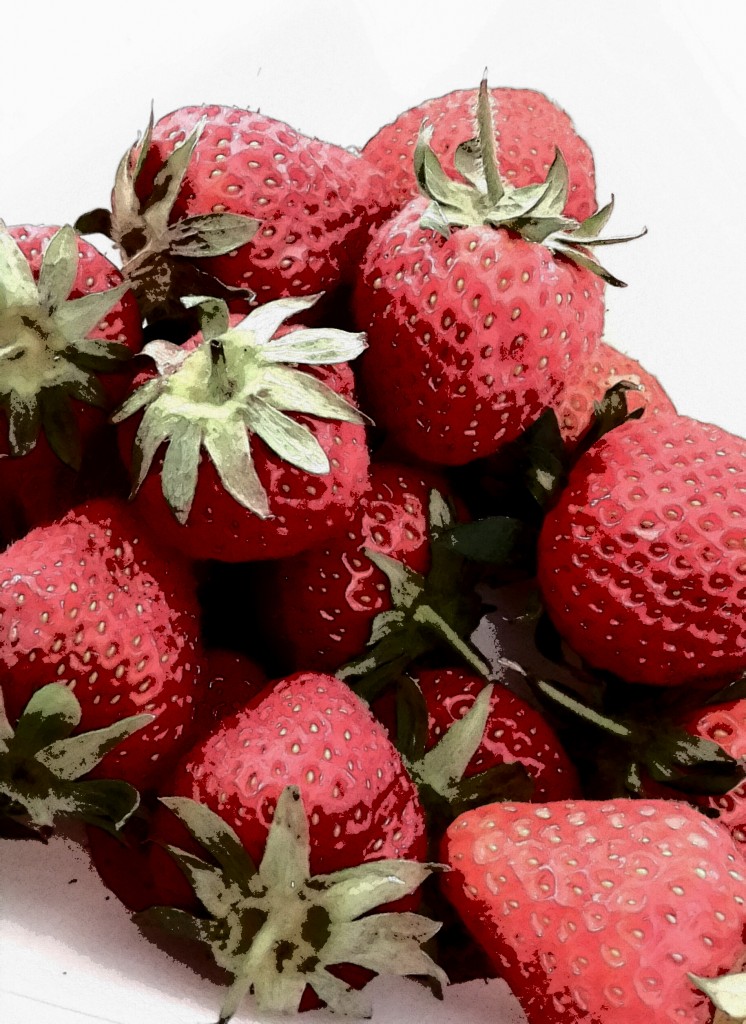
Ellagic acid is a polyphenol found in high concentrations in berries such as strawberries, blackberries, grapes and raspberries. Walnuts, hazelnuts and pecans also contain ellagic acid. Ellagic acid is bioavailable in humans where it is thought to function as an antioxidant. Chemically ellagic acid is a dilactone, and its polyphenolic structure and hydroxyl groups (OH) are what give it potential antioxidant characteristics. Ellagic acid may increase the detoxification capacity of cells by inducing phase II detoxification and inhibiting phase I detoxification, thus decreasingly the potential for toxins to become carcinogenic and subsequently damaging DNA. In addition ellagic acid may inhibit the release of platelet derived growth factor (PDGF) and vascular endothelial growth factor (VEGF), two proteins required for the vascularisation of tumours. In this role ellagic acid may be an angiogenesis inhibitor.

